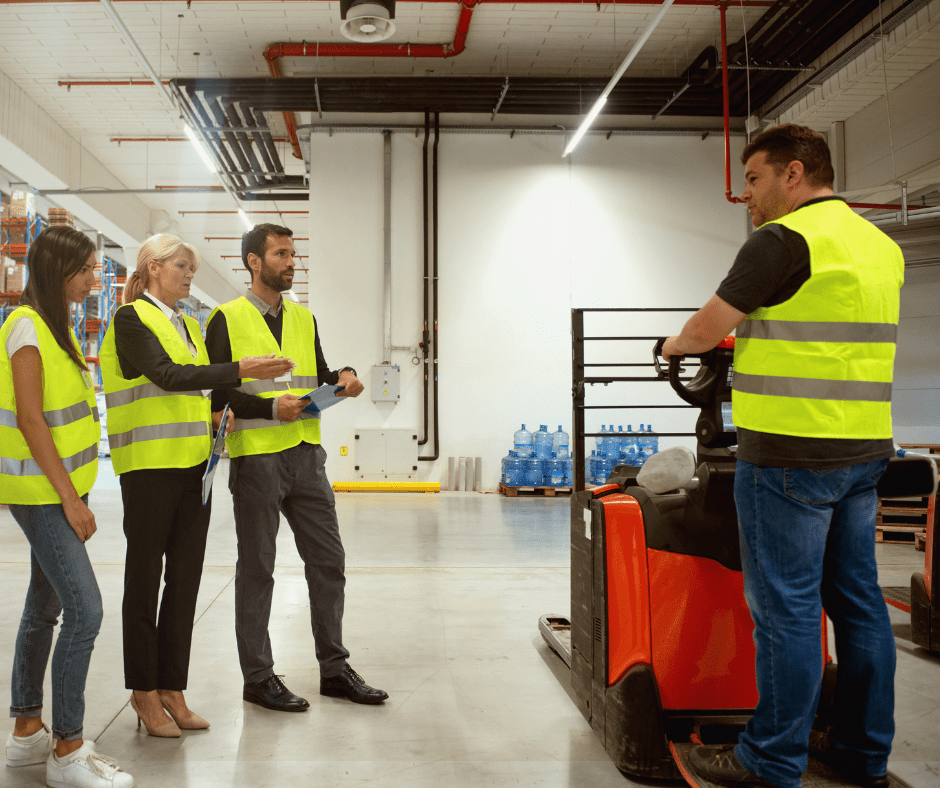Airborne Contaminants
introduction
Airborne contaminants can affect the health of any person working with or around equipment that could release high levels of contaminants exceeding the minimum exposure limits. Proper training on the equipment used,along with safe work practices, should reduce the risk of illness and/or injury.
exposure
Employees can be exposed to airborne contaminants through inhalation, ingestion, skin absorption or close contact with any material or substance at a specified concentration level. Exposure to the following types of air contaminants can be hazardous and should be avoided at all times:
- Gases
- Fumes
- Mists
- Dust
- Vapors
health hazards
Inhalation is the quickest, and most direct, route of entry which makes it the most common type of exposure. Ingestion can occur by hand to mouth contact and absorption occurs through the skin. Proper protection should be used when handling chemical substances or using machines with a high potential of exposure. If exposed to air contaminants the following health hazards can occur:
- Burns
- Rash
- Respiratory Disease (short/long term conditions)
- Irritation
- Vomiting


SAFE WORK PRACTICES
Airborne contaminants can be avoided through well–educated employees who participate in safe work practices and that are fully aware of the health hazards exposure can create.
- Use protective equipment or other protective measures to keep the exposure of employees to air contaminants within the limits prescribed.
- Protective equipment used will be first inspected and approved for each particular use by an authorized technically qualified person.
- Tests should be conducted on all internal combustion equipment exhausts in enclosed spaces to avoid high concentration exposure to employees.
- Avoid any exposure to asbestos or formaldehyde.
CONCLUSION
Creating a safe work environment is essential to the protection of the company’s most valuable asset, the employees. Through training and daily safe work practices, the risk of exposure to any airborne contaminants can be decreased. Proper protection in the workplace can limit the amount of exposure as well. All proper precautions should be taken before and after each job or equipment used that has the potential to expose contaminants.

